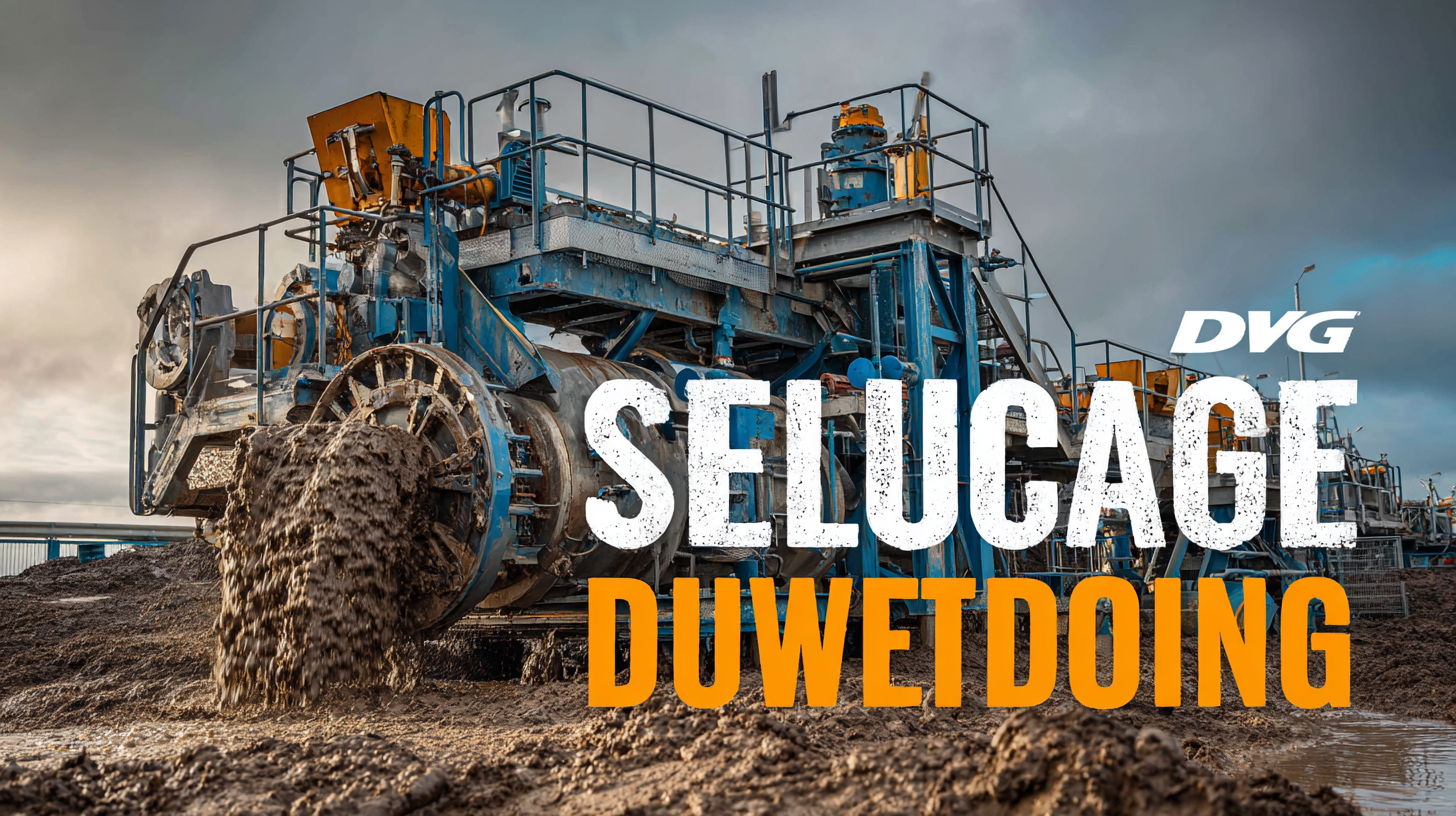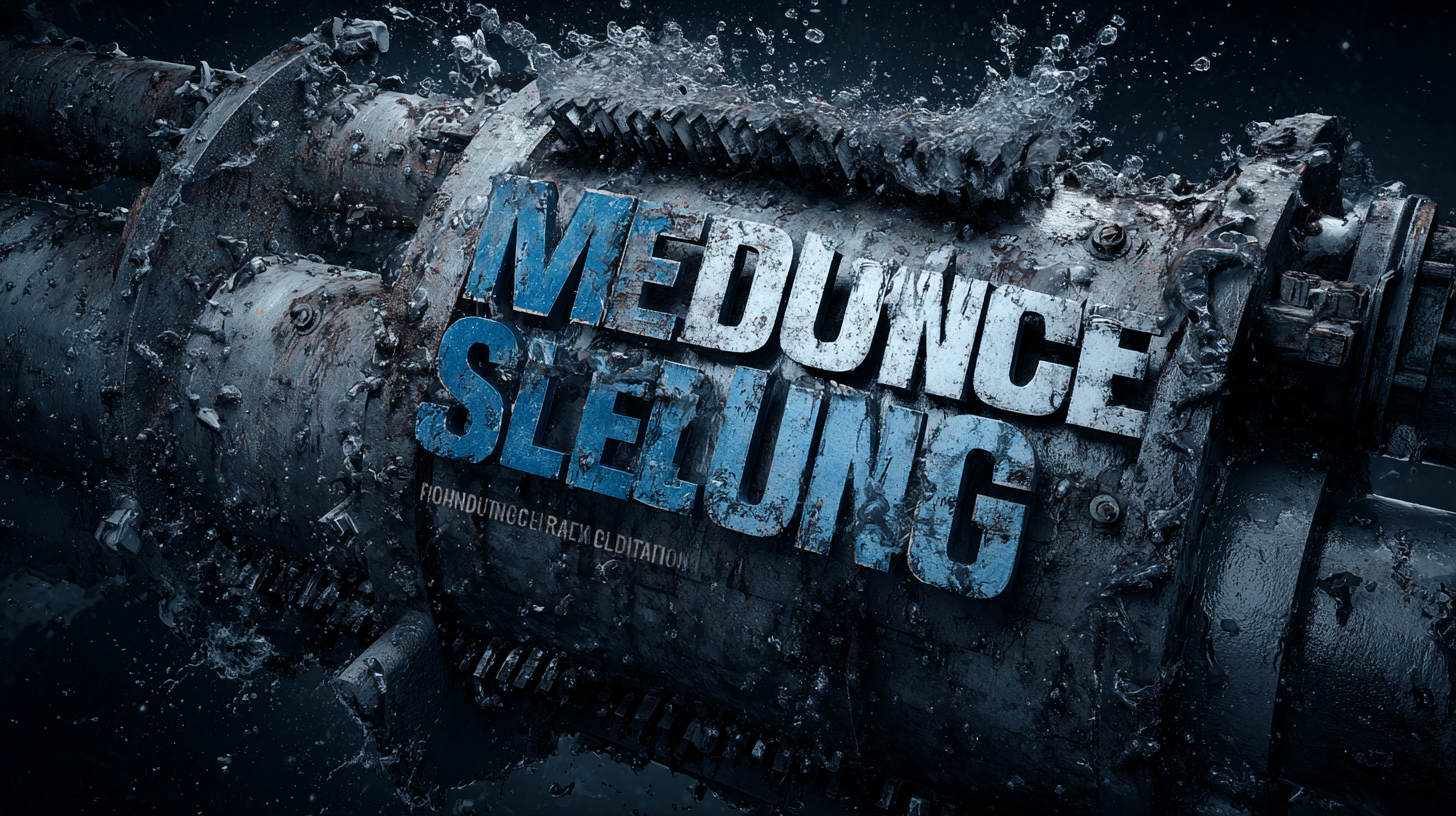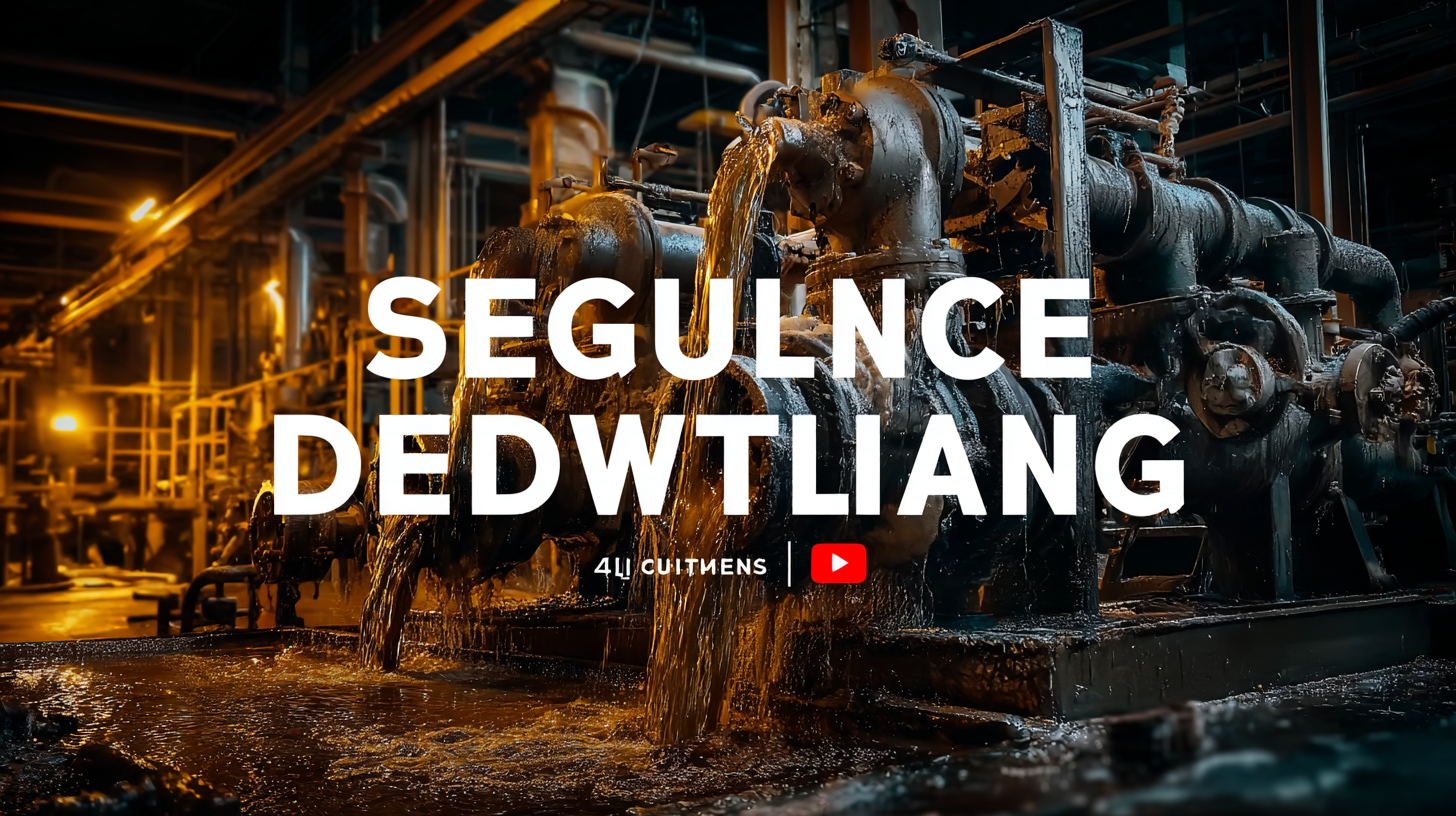 +86 13600513715
+86 13600513715



In the world of waste management and water treatment, selecting the right manufacturer for your Mechanical Sludge Dewatering needs is crucial for ensuring efficiency and effectiveness. As industries increasingly seek reliable and high-quality solutions to manage sludge, understanding the certifications and capabilities of manufacturers becomes imperative. This process involves examining the import and export certifications that reflect compliance with industry standards, which guarantees that the machinery meets health, safety, and environmental regulations. Additionally, with the rise of digital technologies, companies are now able to enhance their operations and innovate their products.

This blog will guide you through the steps to identify the top manufacturers of Mechanical Sludge Dewatering solutions, focusing on essential factors such as industry certifications, technological advancements, and overall reputation in the market, thereby enabling you to make an informed decision for your dewatering needs.
When seeking the best mechanical sludge dewatering solutions, it’s essential to identify key features that will define the effectiveness and efficiency of technologies in 2025. Today’s advancements focus on improving water recovery rates and reducing energy consumption. Technologies like centrifuges, belt filter presses, and membrane bioreactors provide varying benefits, but understanding their operational efficiencies is crucial in selecting a top manufacturer.
Tips for choosing the right technology include assessing the specific requirements of your facility, such as sludge characteristics and volume. Additionally, consider the automation level of the machinery; more automation often translates to reduced labor costs and operational risks. Moreover, evaluate the manufacturer’s reputation and support services — reliable after-sales support can significantly affect your long-term satisfaction.
Another important aspect is the environmental impact of the dewatering technology. Opt for solutions that not only meet your operational needs but also comply with environmental regulations. Opting for products with lower carbon footprints can be beneficial, both for compliance and for enhancing a company's sustainability image. With these considerations, you’ll be better prepared to identify the most suitable manufacturer in the evolving landscape of sludge dewatering technologies.
This chart represents the importance of various key features in mechanical sludge dewatering technologies for the year 2025. Efficiency and technology innovation are highlighted as the most critical dimensions.
In the quest for efficient mechanical sludge dewatering solutions, the integration of advanced sensors has proven to play a pivotal role. According to a report by Research and Markets, the global market for wastewater treatment sensors is expected to reach $4.5 billion by 2026, demonstrating a growing reliance on technology to enhance efficiency.
These advanced sensors facilitate real-time monitoring of key parameters like moisture content, temperature, and pressure, enabling operators to make informed decisions swiftly.
The implementation of these sensor technologies not only leads to improved control over the dewatering process but also contributes to significant cost savings. A study published in the Journal of Environmental Engineering found that facilities utilizing advanced sensors experienced a 20% reduction in energy consumption during dewatering operations.
Furthermore, the accuracy provided by these sensors minimizes material loss, enhancing the overall effectiveness of the treatment process. As manufacturers focus on innovation, the integration of advanced sensor systems will undoubtedly be a game changer for the industry, ensuring that facilities remain competitive and environmentally compliant.
In 2025, the market for mechanical sludge dewatering solutions will be shaped by an intricate interplay of technological advancements and evolving industry demands. Key manufacturers are expected to leverage innovative dewatering technologies, enhancing efficiency and sustainability in waste management processes. Companies that focus on high-quality materials and automated systems will likely maintain a competitive edge, driving growth in this niche market. As environmental regulations become more stringent globally, the demand for robust and efficient sludge dewatering solutions will intensify.

Market analysis reveals that the leading manufacturers are poised to capture significant market shares by catering to diverse applications across industries, including wastewater treatment facilities and industrial processes. Factors such as performance, reliability, and cost-effectiveness will be crucial in selecting the best mechanical sludge dewatering solutions. Companies that successfully integrate cutting-edge technologies will position themselves favorably, enabling them to respond proactively to the evolving market needs and capitalize on the anticipated growth in the sector.
When it comes to mechanical sludge dewatering solutions, selecting the right method is crucial for optimizing efficiency and reducing costs. Two of the most widely used technologies in the industry are centrifuges and belt filter presses. Centrifuges operate by spinning the sludge at high speeds, which uses centrifugal force to separate solids from liquids. This method is known for its speed and effectiveness, particularly in handling varying sludge compositions. However, the initial investment and maintenance costs can be significant, which may deter some facilities.
On the other hand, belt filter presses provide a continuous dewatering process through the application of gravity and mechanical pressure. This method tends to have a lower operational cost, as it is less energy-intensive and simpler to maintain than centrifuges. Belt filter presses are particularly effective for bulk dewatering, making them an attractive option for large-scale operations. However, they may require more space and time for the process, potentially affecting throughput. When evaluating dewatering methods, it's essential to consider the specific needs of a facility, including sludge characteristics and long-term operational goals, to make an informed choice between these two effective technologies.
| Dewatering Method | Efficiency (%) | Maintenance Frequency (Monthly) | Energy Consumption (kWh/ton) | Capital Cost ($/ton) |
|---|---|---|---|---|
| Centrifuge | 90 | 2 | 20 | 150 |
| Belt Filter Press | 85 | 1 | 15 | 120 |
| Screw Press | 80 | 1.5 | 18 | 100 |
| Vacuum Filter | 75 | 0.5 | 12 | 110 |
As the industry shifts towards more sustainable practices, mechanical sludge dewatering technologies are evolving rapidly. A recent report by the Global Water Intelligence noted that the global market for sludge treatment is projected to reach $25 billion by 2025, driven largely by growing environmental regulations and a push for resource recovery. This highlights the urgency for manufacturers to innovate their dewatering solutions, focusing not only on efficiency but also on sustainability.

Future trends in mechanical sludge dewatering will likely emphasize the implementation of resource recovery strategies, such as nutrient recycling and biogas production. According to the International Water Association, approximately 80% of wastewater treatment facilities still rely on traditional disposal methods, which is neither environmentally sustainable nor economically viable. As manufacturers adopt advanced technologies like membrane filtration and centrifugation, they can significantly enhance the recovery of valuable resources from sludge while reducing overall waste volumes. This forward-thinking approach presents an exciting opportunity for manufacturers to lead in an increasingly eco-conscious market.
